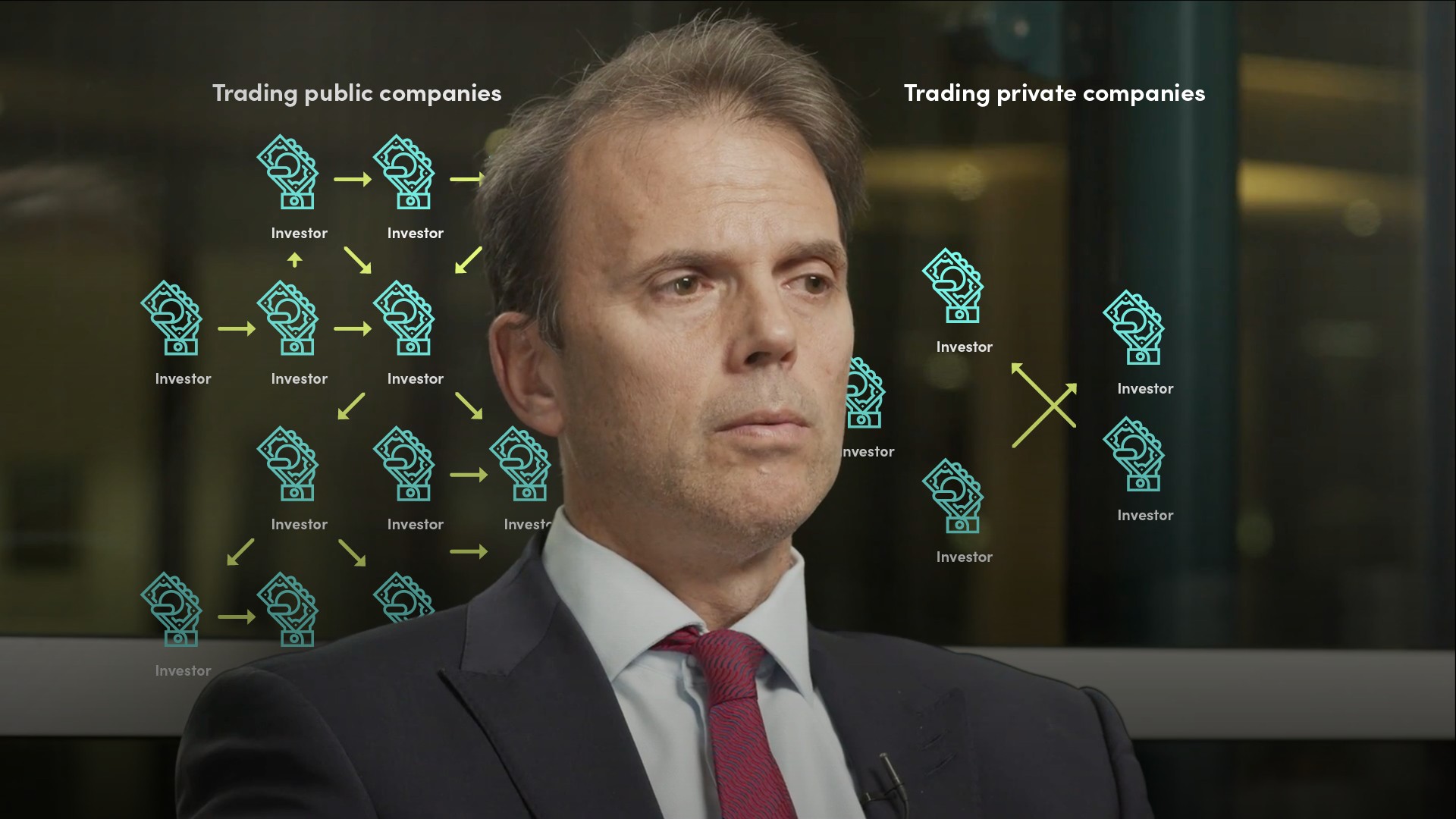
What are Equity Options?

James Eves
30 years: Equity capital markets
After providing a basis to understanding equity, James outlines some more advanced concepts including share options, short selling and the ways of raising equity capital.
After providing a basis to understanding equity, James outlines some more advanced concepts including share options, short selling and the ways of raising equity capital.
Subscribe to watch
Access this and all of the content on our platform by signing up for a 7-day free trial.

What are Equity Options?
10 mins 10 secs
Key learning objectives:
Describe a share option
Define short selling
Identify the means of raising equity capital
Overview:
In financial markets, an option gives the buyer a right to buy/sell an asset at a previously agreed price, at a particular date. Short selling is most often used as a hedging strategy to manage the risk of long investments, and equity capital can be raised i.e. via a rights issue or a block trade.
Subscribe to watch
Access this and all of the content on our platform by signing up for a 7-day free trial.
What are share options?
- Option contract - gives the buyer the right, but not the obligation, to buy or sell the underlying asset at a specified price, before a specific date.
- Call Option - the right to buy an asset. This is typically exercised when the asset price is above the strike price. To exercise a call option, the investor usually pays the strike price in cash and the seller delivers a share.
- Put Option - the right to sell an asset. In this case, the investor has the right to ‘put’ a share to the seller, in return for the strike price in cash.
How are options traded?
Options can be traded, typically on futures and options exchanges, with standardised contracts. Also, traded over the counter (OTC) as a private trade between two counterparties.What are the benefits of call and put options?
- As a call option gives you the right to buy a share in the future, you would profit from a higher share price - you do not need to pay the strike price until the option is exercised, which greatly reduces the amount of upfront capital needed.
- The buyer of a put option instead profits from a share price fall.
What is a collar strategy?
A collar strategy is where a share owner sells a call option on the upside and buys a put option on the downside.
For example, you might sell a 1 year call option with the strike price at 20% premium to the current share price, and also buy a 1 year put option at a 20% discount to the share price. If the value of the sold call is the same as the purchased put, then you are protected if the share price falls more than 20% - but you have sold any upside beyond a 20% rise.What is the Black-Scholes Option Pricing Model?
- This is a differential equation that calculates the option value. The basic concept is that if a share is more volatile, then there is a great probability that it could trade above or below a fixed strike, increasing the value.
- This has a variety of applications i.e. if the seller of a call option does not want to have the risk of maturity of delivering a share for a price below market, they can hedge themselves using the model.
What is short selling?
- In financial markets, a short sale is derived by taking an obligation to deliver to a buyer of an asset that the seller does not own.
- The idea behind a short sale is that the seller believes the share price will fall. At the end of the short, the investor would buy back the shares that were sold, which is called covering the short - at which point the borrowed securities are returned and the position is closed.
What are the ways of raising equity capital?
- Equity can be sold by a company (after an IPO) to institutional investors via a block trade - These are normally executed quickly in less than one day and usually have a guaranteed minimum or floor price given by the banks to the seller.
- Equity can also be sold via a marketed follow-on - For a marketed follow-on offering, the shares are usually offered over a long period, with a clearing price being determined at the end of the process.
- A company can issue new shares through a ‘rights’ issue - Where shareholders are given the ‘right’ to subscribe for new shares, usually at a discount to the existing market price. If they don’t want to subscribe, they can sell the right to other shareholders
- Companies can also issue shares through options, a convertible bond - This is a bond with a call option embedded. If the share price falls, investors simply have a bond, and if it rises they hand in the bond and receive shares.
Subscribe to watch
Access this and all of the content on our platform by signing up for a 7-day free trial.

James Eves
There are no available Videos from "James Eves"



























